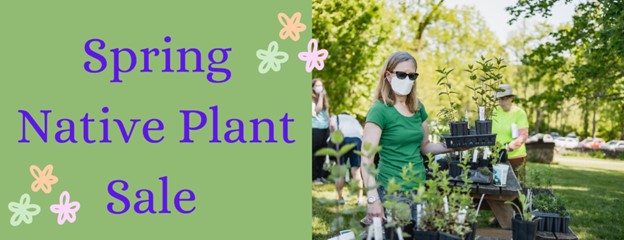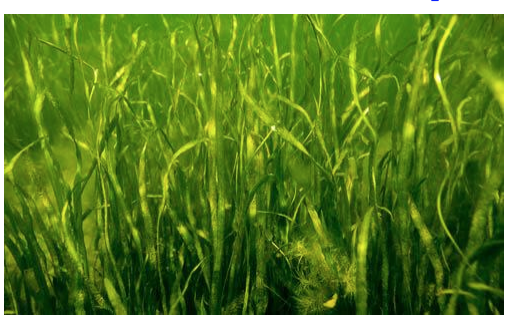Spring Native Plant Sale at The Clifton Institute, May 18th
Image: Courtesy of The Clifton Institute
Saturday, May 18, 2024
11:00AM – 2:00PM
The Clifton Institute
6712 Blantyre Rd
Warrenton, VA 20187
Native plants provide better food for insects, which in turn provide food for birds. You can make a huge difference for wildlife by planting native species on your property. Since fall 2019 The Clifton institute has been collecting seeds of native grassland plants from around the area, which means in addition to being native they are of local ecotypes. At the plant sale they will sell seedlings grown from these seeds of a variety of perennial wildflowers, native grasses, and a few trees. Some of their favorites include butterflyweed, upland ironweed, scaly blazing star, narrow-leaf mountain-mint, and gray goldenrod. Partners from other organizations will also have plants and merchandise for sale. They will accept credit card, cash, or checks made out to the Clifton Institute. Hope to see you there!




